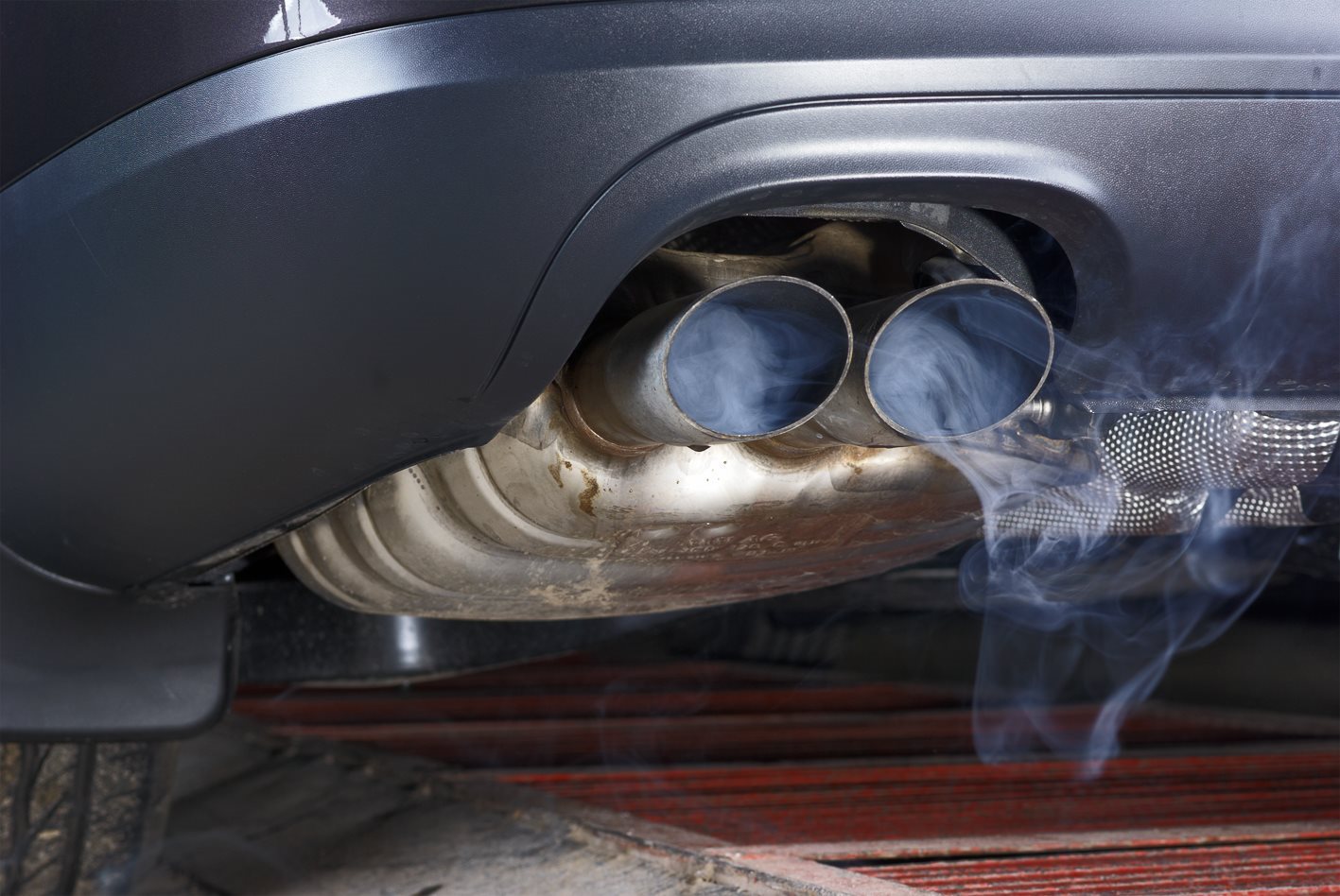
Figures revealed today by an industry-led voluntary emissions reporting scheme show just one third of car manufacturers selling vehicles in Australia in 2020 met its CO2 standards.
In March 2021, the Federal Chamber of Automotive Industries (FCAI) published its CO2 emissions results for the first time, providing an insight into how the Australian car industry is tracking towards its 2030 targets. However, the results focused only on the industry as a whole.
But today’s damning report reveals how each brand performed in 2020 – and the results make for a grim read.
FCAI separates the targets into two categories: the MA category (passenger cars and light SUVs) and the MC+NA category (heavy SUVs and light commercial vehicles).
In the MA category, Toyota came out in front due to its high number of hybrid sales – one of just 12 manufacturers to beat the 154gCO2/km target in its class of 39 companies. Among the top performers were; Jaguar, Alfa Romeo, Alpine, Citroen, Fiat, Lexus, Mini, Peugeot, Skoda, Suzuki and Volkswagen.
Trailing at the back of the pack, perhaps unsurprisingly, were supercar makers Maserati, Ferrari and Lamborghini, alongside Chrysler which sells a thirsty V8 sedan.

In the MC+NA class, Toyota’s HiLux ute – its biggest seller for the last five years – fell from grace, finishing 19th out of 25.
A spokesperson for Toyota told WhichCar the Japanese marque has made a “significant contribution” to the reduction in CO2 emissions and “right now, the most practical way to reduce automotive emissions is to buy a hybrid”.
“So far this year, more than half of all sales for Corolla, Camry, Yaris Cross and RAV4 are hybrid,” they added.
Last year, Toyota delivered 54,000 fuel-efficient hybrid vehicles, representing more than 85 per cent of all electrified vehicles sold in Australia.
Just eight brands achieved the 197gCO2/km target in the larger vehicle category. They included; BMW, Fiat Professional, Land Rover, Peugeot, Porsche, Renault, Subaru and Volvo Cars.
However, other marques such as Mitsubishi, Hyundai, Ssangyong and Great Wall Motors ranked worst for utes, vans and large SUVs. Lexus came in last due to its V8-powered Toyota LandCruiser-based 4WD.
FCAI Chief Executive Tony Weber said of today’s results: “There is only one result that matters for us and that is the 2030 target.
“The pathway to the 2030 target will not be smooth.”
The MA outcome for the industry as a whole in 2020, as reported by WhichCar last month, was 150gCO2/km (grams of CO2 per kilometre travelled) and the result for the MC+NA category was 218gCO2/km.
Towards 2030, the industry is aiming for a four per cent annual reduction for MA and a three per cent annual reduction for MC+NA. The overall goal in 2030 is to have CO2 emissions under 100gCO2/km and for MA vehicles and MC+NA vehicles under 145gCO2/km.
According to the results, the sector is ahead of its MA category (passenger and light SUV) targets, though is behind on its MC+NA (heavy SUV and light commercial) commitments.
CO2 results are gathered using a sales-weighted average, jointly supplied by the FCAI and the car manufacturers themselves.
The industry-led scheme is designed to bring about more choice in the new car market. New, more fuel-efficient cars and more fuel-saving tech will become more commonplace in Australian car dealerships, or at least that’s the goal.
While there are no penalties for manufacturers which aren’t hitting their targets, the FCAI hopes that consumer choice directs carmakers to hit the new standard’s CO2 emissions targets.
The new reporting standard came about mid-way through 2020 after the FCAI pushed the government to implement such a scheme for years.
The FCAI has implemented the standard in place of governmental regulation, and all manufacturers involved are committing of their own volition.
Weber points out several reasons why CO2 emissions goals have been spread out over the next ten years – as opposed to yearly targets like those in Europe.
“First, the CO2 results for 2020 reflect the type of vehicles Australians are choosing to drive, with sales of SUVs and light commercial vehicles regularly now more than 50 per cent of new vehicle sales every month,” Weber said.
“The fuel efficiency of these larger vehicles is improving with each new model release, however, the nature of the market and customer preferences need to be considered when comparing Australia’s emissions result with other countries.
“Second, the model development cycle for new vehicles can range from 5-10 years depending on the type of vehicle so the emissions reduction will continue to improve as the latest technologies arrive on our shores.”
Weber also stated that Australia’s fuel is the lowest quality in the world.
“We urge the Federal Government to accelerate the improvement of Fuel Quality Standards for Australia’s market fuels as this will enable the introduction of more of the fuel-efficient vehicle technologies already on the roads overseas,” Weber said.
FCAI’s report comes in the same week that a panel comprising of 211 ‘everyday Victorians’ involved in a workshop program for Infrastructure Victoria has recommended banning the sale of all internal combustion engine (ICE) cars in the state by 2030 in a major push towards bringing EVs into the mainstream.




